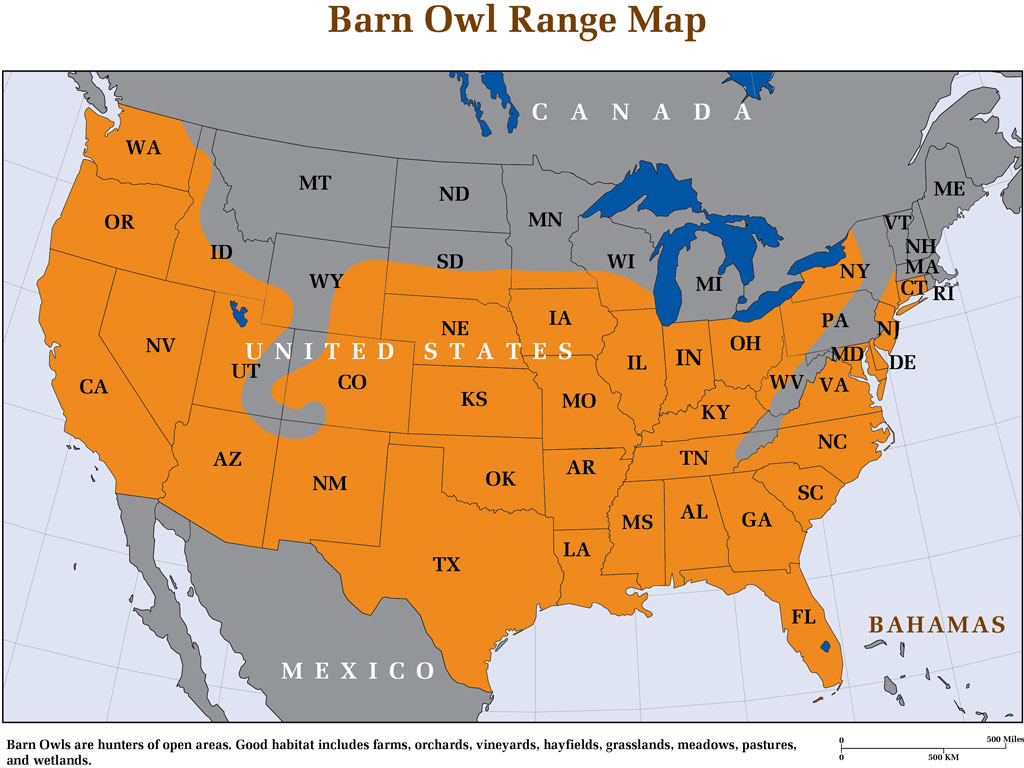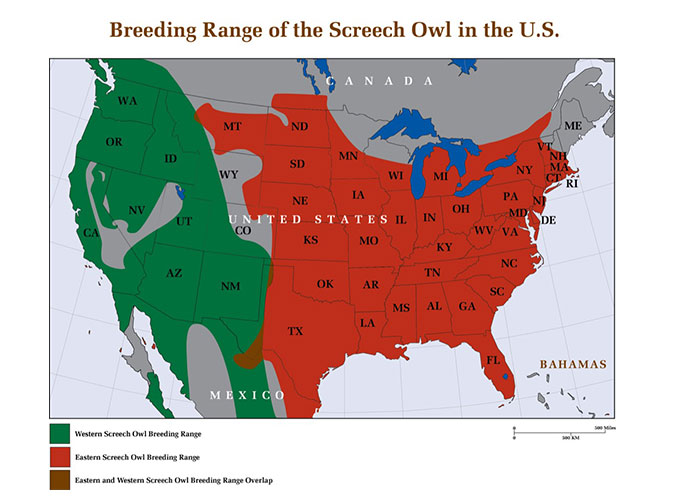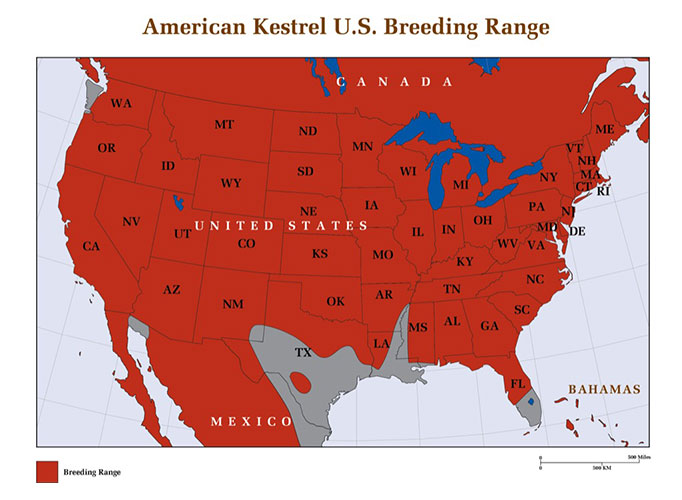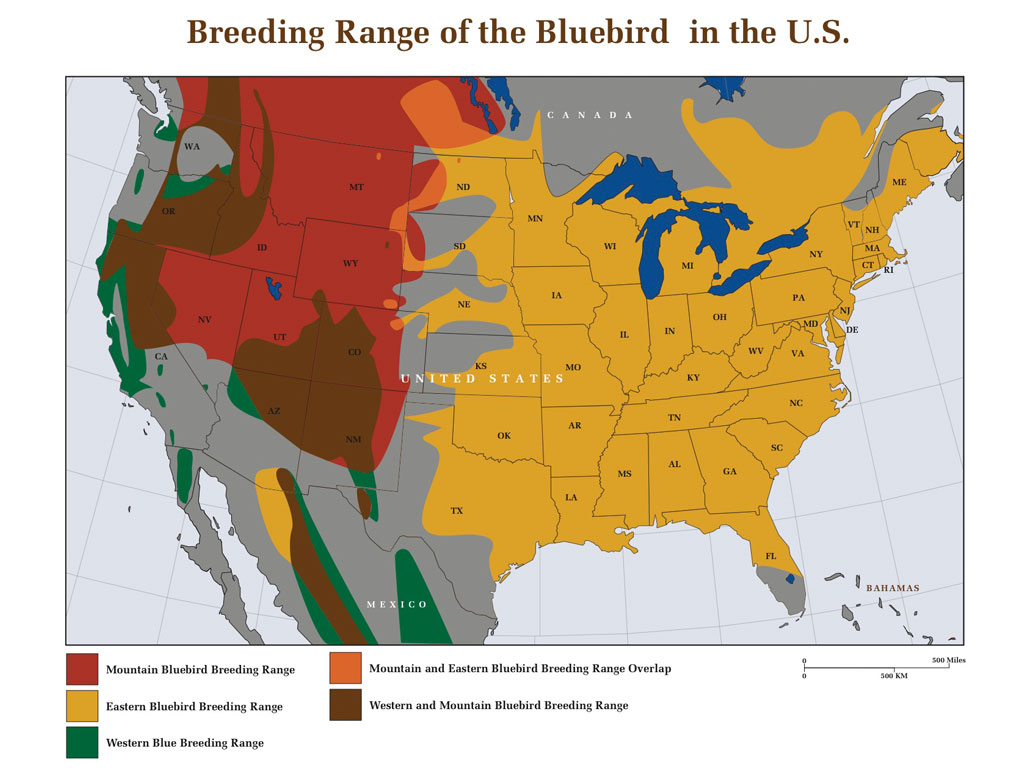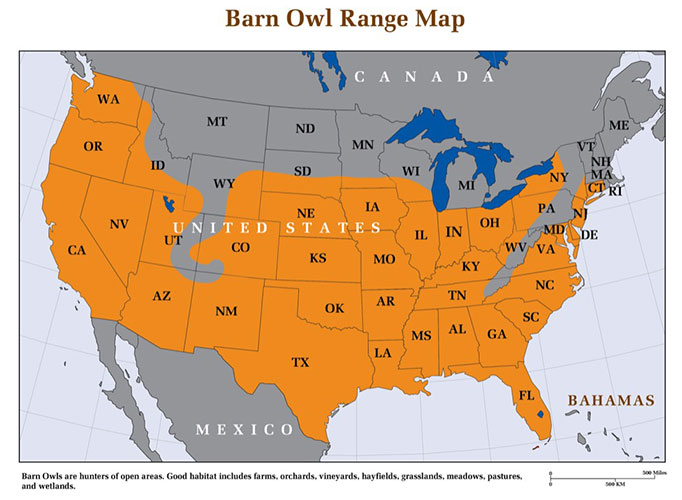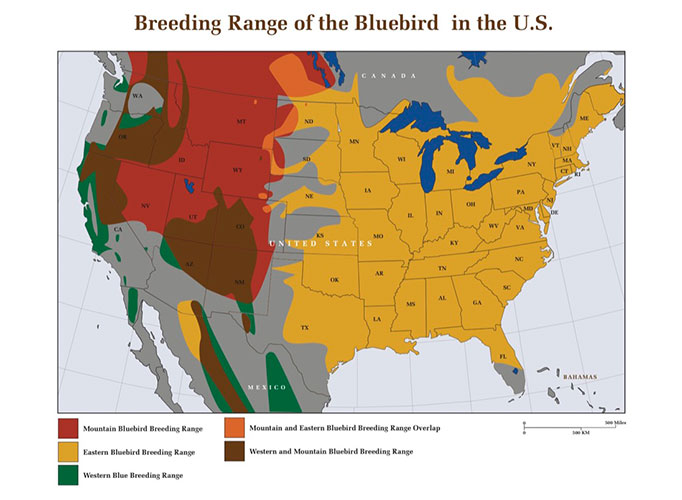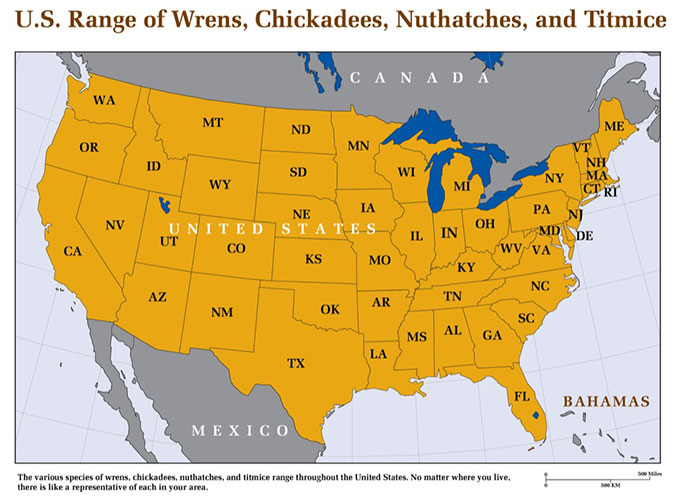Free Shipping to the Contiguous United States
Maine Barn Owls
Barn Owls in Maine As the northernmost state in the U.S., Maine experiences winters that limit the barn owl’s ability to maintain any but the rarest numbers. Mild winters may allow barn owls to survive for a few years, but…

